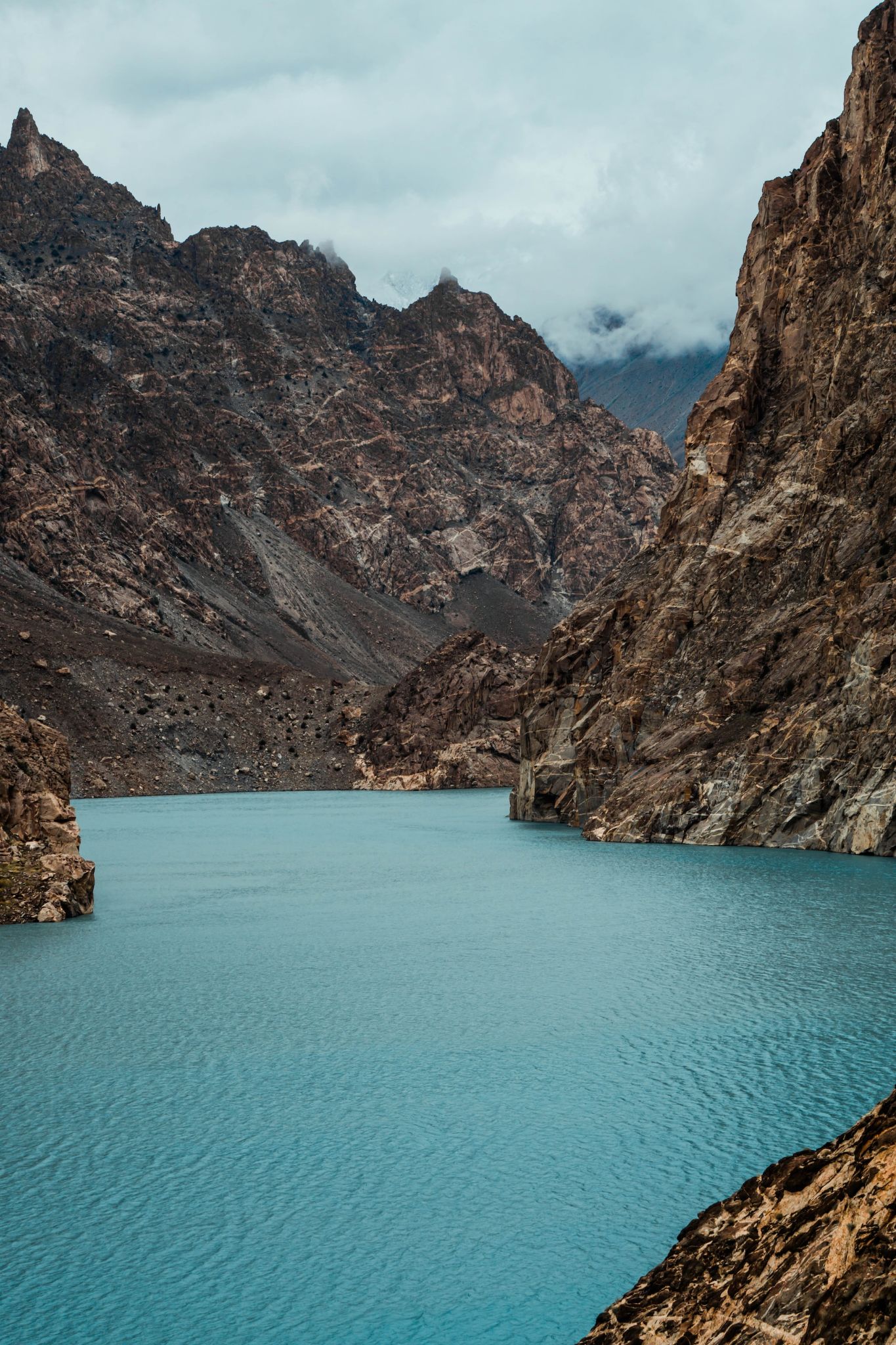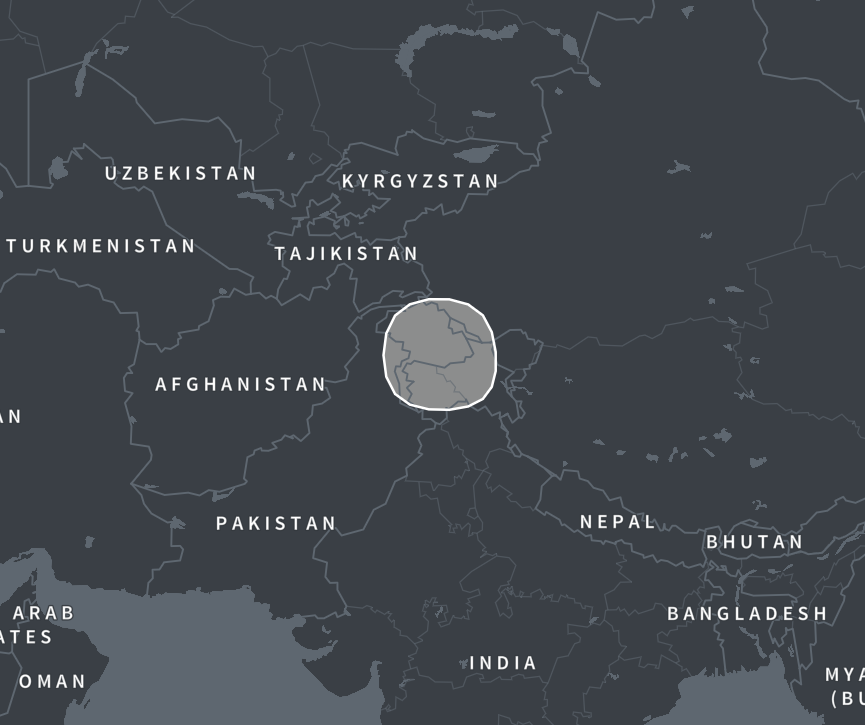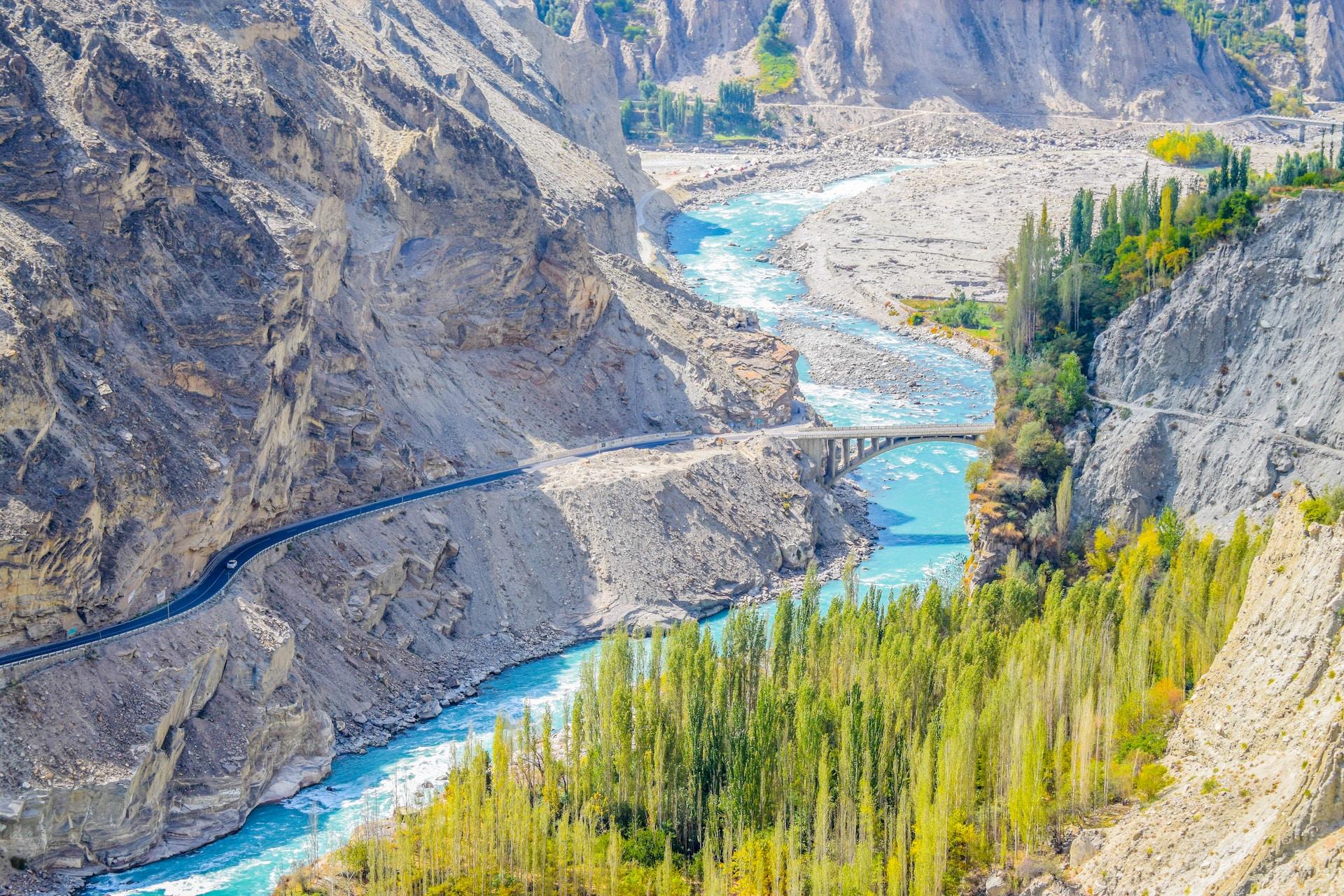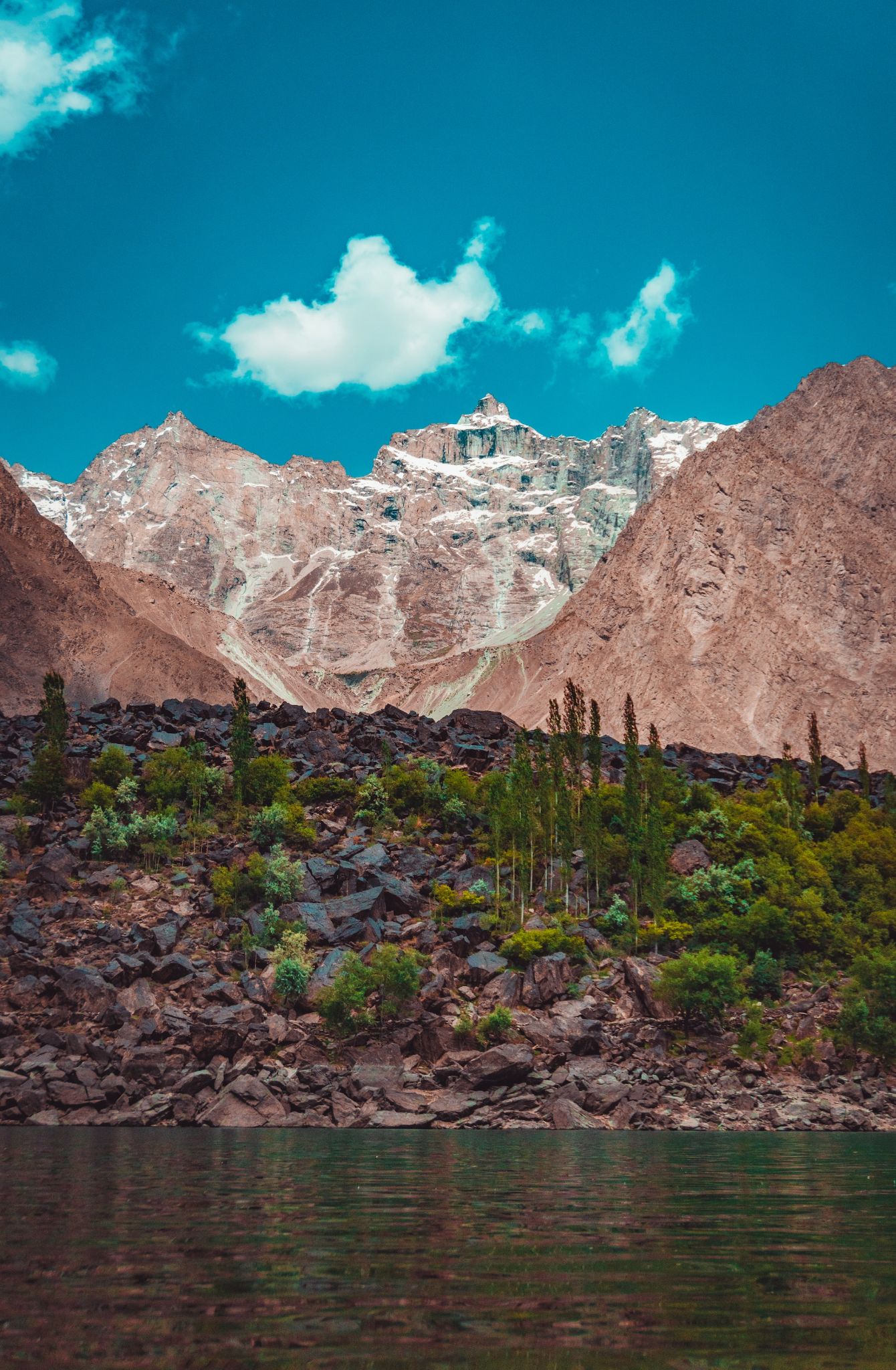What is Burusho DNA Ethnicity on Ancestry?
The results of our AncestryDNA tests may sometimes be what we expect or on occasion may be a big surprise. Either way, often we need a little more information regarding some of the regions that arise in our ethnicity estimates.

One region that is not at all uncommon is the Burusho region. Those who still live in this region already understand all about its history and culture. There are others, however, who may never have even visited or in fact been aware that they have ancestors from that area.
In this post we will go into more detail with regards to the history, geography and culture of the Burusho region. We will also discuss what it means to be from this region and how easy or difficult it might be to trace our roots in the Burusho Region.
What Is the Burusho DNA Region?
The relatively small AncestryDNA region known as Burusho is located in Asia. It spreads across small sections of the country of India and Pakistan. The Burusho DNA region takes up the northern regions of the Indian states of Jammu & Kashmir and Ladahk. To the north the region covers the disputed Kashmir region within Pakistan.

Small borderland populations of the Burusho DNA can be found in the eastern most regions of Afghanistan and the western part of the Chinese province of Xinjiang.
The Burusho Peoples
The Burusho DNA region coincides with the geographical range of the unique peoples who share the same name. A mountain dwelling group the Burusho live on small rocky terraces in the Gilgit district of northern Pakistan.

Found primarily in the Hunza Valley and also parts of Nagar and Yasin. Their homeland tends to be dry and barren which means that their ability to grow their own food is a constant struggle on their terraces.
Burusho Origin
There is much conjecture as to where the Burusho originated but it is thought their ancestral homeland was northwestern India. It is thought that around 1800 BC the arrival of the Indo-Aryans from the north forced the Burusho into the less hospitable mountain regions of what is known as Pakistan today.
The Burushaski language is considered by experts to be an aboriginal one that may have been spoken broadly in northern India until the arrival of the Indo-Aryan settlers. The form spoken today in Hunza is believed to be the purest form of the original language.
Genetics of the Burusho
A variety of Y-DNA haplogroups are found among the peoples of Hunza. Some of the haplogroups found among the Burusho were R1a1 and R2a. Interestingly R1a1 is associated with Indo-European people and Bronze Age migration into South Asia around 2000 BC. This probably originated in either South Asia, Central Asia or the Iran and Caucasus region. On the other hand R2a, unlike its extremely rare parent R2, R1a1 and other clades of the haplogroup R, is almost exclusively restricted to South Asia. A few DNA samples suggest that two other typically South Asian lineages, haplogroups H1 and L3 have also been observed.
Among the Burusho several other Y-DNA haplogroups are reaching considerable frequencies. These haplogroups are J2, (associated with the spread of agriculture around the neolithic Near East) and haplogroup C3. The haplogroup C3 is of East Eurasian male origin and may represent the paternal line of the famed Genghis Khan.
Haplogroup O3 is present at lower frequency in the region, this is also of East Eurasian male lineage, and potentially Siberian male origin. DNA research has indicated that the male ancestry of some of the Hunza inhabitants may be connected with speakers of the Pamir languages as well as other mountain communities of various ethnicities. There is also an East Asian genetic contribution, suggesting that at least some of their genetic ancestry may originate north of the Himalayas.
The Alexander Myth
Among the peoples of Hunza there exists a myth that they may have originated from the vast army of Alexander the Great. Legend suggests that the first three Hunza villages of Baltit, Ganesh and Altit were founded by three soldiers of Alexander's army. The suggestion is that these soldiers were injured and could not continue on so they remained in the region with their families.

There is also a suggestion of European ancestry and some physical Burusho characteristics do not preclude this. It is however clear that as yet no Greek related DNA has ever been detected amongst the modern day populations of Burusho potentially casting doubt on an Alexandrian link.
How Did You Get Burusho Region DNA?
If you already know that you had family who came from the northern Indian states of Jammu & Kashmir and Ladahk or from the northern Pakistan region covering the disputed Kashmir region then you may know why you have Burusho DNA. If the result came as a surprise you may not know how exactly you came by DNA from this region but at some point you must have had an ancestor from this small indigenous group.
If you have a sizable percentage of DNA from this region then it is likely you have an ancestor who was born in or close to the modern day range of the Burusho. Smaller amounts of DNA connected to the region would indicate a more distant ancestor.
Final Thoughts
The Burusho people are an indigenous group who may have been prevalent in Northern India up until 1800 BC. The arrival of the Indo-Aryan peoples would push this indigenous group up into the mountainous regions of modern day northern Pakistan.
They are hardy peoples who scratch an existence out of dry barren mountains living on terraced shelves of land. The Burusho are a people with a great deal of myth and legend and a very diverse ancient genetic makeup.
Link To or Reference This Page
We spent a lot of time downloading, cleaning, merging, and formatting the data that is shown on the site.
If you found the data or information on this page useful in your research, please use the tool below to properly cite or reference Name Census as the source. We appreciate your support!
-
<a href="https://namecensus.com/blog/what-is-burusho-dna-ethnicity-on-ancestry/">What is Burusho DNA Ethnicity on Ancestry?</a>
-
"What is Burusho DNA Ethnicity on Ancestry?". NameCensus.com. Accessed on May 2, 2024. https://namecensus.com/blog/what-is-burusho-dna-ethnicity-on-ancestry/.
-
"What is Burusho DNA Ethnicity on Ancestry?". NameCensus.com, https://namecensus.com/blog/what-is-burusho-dna-ethnicity-on-ancestry/. Accessed 2 May, 2024
-
What is Burusho DNA Ethnicity on Ancestry?. NameCensus.com. Retrieved from https://namecensus.com/blog/what-is-burusho-dna-ethnicity-on-ancestry/.
